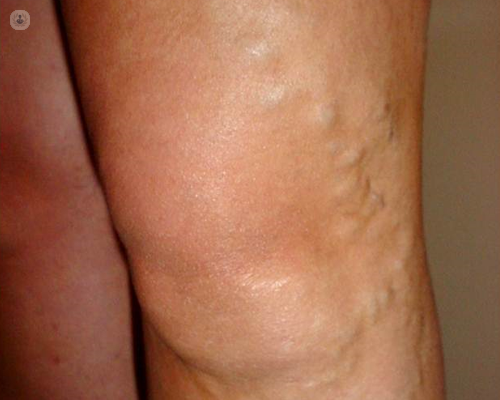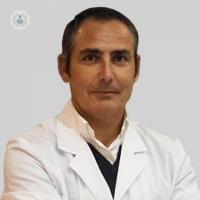New mechanical-chemical technique (MOCA) to treat varicose veins
Written by:Varicose pathology or varices is a common disease in Western societies. In fact, in our country, the incidence can reach 50% of the population, and in some cases, not only an aesthetic problem as it is a health problem that affects our quality of life, good for pain can be generated in cases of prolonged standing or in more severe cases, the complications as ulcers.
Varicose veins are is well established that a hereditary involvement, but there are certain factors that favor its appearance:1. Obesity2. Pregnancy3. Sedentary lifestyle and lack of exercise4. Age

Diagnosis of varicose veins to define venous insufficiency
The evaluation of varicose veins your vascular surgeon and specialist in Angiology and vascular surgery perform a thorough inspection of the superficial venous system. Currently the realization of a doppler is essential to delimit the scope of venous insufficiency. This your have the information necessary to offer the most appropriate treatment for your problem.
How to treat varicose veins
We currently have many techniques for treating varicose veins, which are less invasive, outpatient each time and that will allow the patient to join their daily activities almost immediately. One is the technical or chemical mechanical MOCA. This is a minimally invasive technique, without surgery and without pain.
What is the technique and what results MOCA offers the patient
This is a small catheter is introduced into the inside of the saphenous vein and by a rotational movement of the tip, injures the inner layer of the same. Simultaneously getting a sclerosing agent in the medium term, fibrosis of the vein is instilled.
This technique is performed without any anesthesia or with a minimal amount of local anesthetic. Most patients say that does not hurt. Others just have some moderate discomfort feeling.
Since mid-2010 is being applied this method in both the US and Europe with excellent results.
In principle, the patient can return to resume their daily activities without problem immediately after treatment and may even sport. Yes , you should walk often and wear a compression stocking for 7-10 days after treatment.



